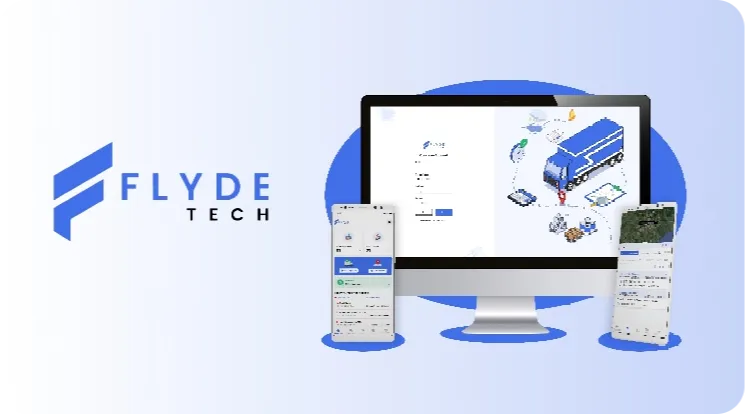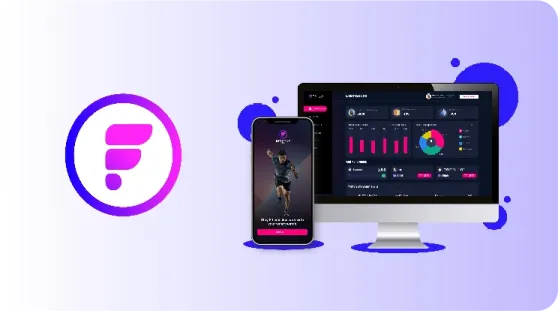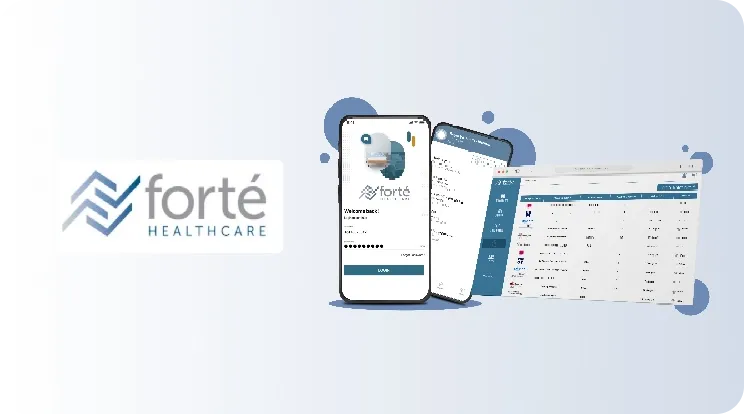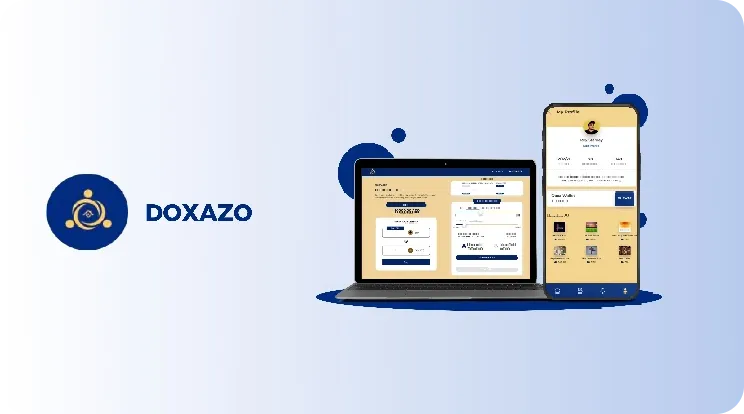
How to Secure, Scale, and Maintain Your App in Australia for Long-Term Growth
Aug 18, 2025
Building a mobile app is just the beginning. If you want it to thrive in the Australian market — whether you’re targeting 1,000 or 100,000+ users — you need to secure it, scale it, and maintain it consistently.
At Sunrise Technologies, one of the leading mobile app development companies in Australia (specialising in Android, iOS, AI-powered, and custom software), we’ve helped startups, enterprises, and government projects launch apps that are not only functional but also safe, scalable, and sustainable for years to come. In this guide, we’ll break down real-world strategies for keeping your app protected, performance-ready, and growth-friendly — with a focus on the Australian tech landscape.
Why Security, Scalability, and Maintenance Are Critical for Australian Apps
Before we get into the “how” it’s important to understand why these three factors matter so much:
- Security — Australian users are increasingly privacy-conscious, and strict laws like the Privacy Act 1988 and Notifiable Data Breaches Scheme mean one breach can cost you both money and trust.
- Scalability — If your app can’t handle growth, it will slow down or crash when traffic spikes, frustrating users and damaging your reputation.
- Maintenance — Technology changes quickly. Without regular updates, your app can become incompatible with new devices, outdated in design, or non-compliant with evolving legal requirements.
The truth is, an app is never truly finished. The real work begins after launch.
From compliance to scalability, Sunrise Technologies builds secure, high-performing apps tailored for Australian businesses.
AI-Driven Threat Detection & Patch Management
AI algorithms can monitor app activity patterns to identify suspicious behavior before it becomes a breach. Instead of waiting for monthly patches, AI can trigger real-time updates, automatically deploy fixes, and reduce downtime.
Example: An Australian fintech client used AI-powered monitoring to reduce potential security incidents by 45% within the first quarter.
Do Australian Apps Need Monthly Security Updates?
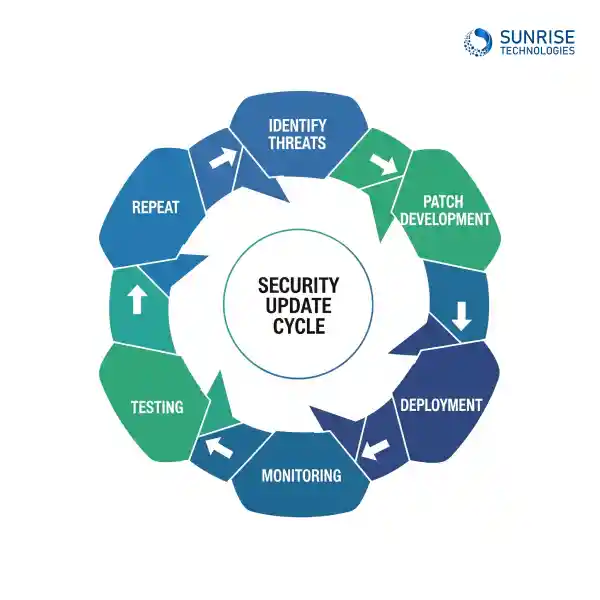
If you’ve ever wondered, “How often should I update my app for security?”, the short answer is: monthly at minimum — sometimes even weekly for high-risk industries like fintech, healthcare, or government apps.
Here’s why monthly security updates aren’t just a good idea — they’re a necessity:
- Compliance with Australian Laws — Under the Privacy Act 1988 and the Notifiable Data Breaches (NDB) Scheme, if your app suffers a data breach, you’re legally required to inform affected users and the Office of the Australian Information Commissioner (OAIC). Regular updates help patch vulnerabilities before they can be exploited.
- Staying Ahead of Hackers — Cybersecurity threats evolve every week. A security patch you applied last month might already be outdated if new exploits are discovered. Without proactive updates, your app could become an easy target.
- Protecting User Trust — Data breaches don’t just cause financial loss — they destroy brand loyalty. Australian consumers are less likely to use or recommend an app they believe is unsafe.
Best Practices for App Security in Australia
Securing your mobile app is not a one-time task — it’s an ongoing process, especially in a competitive and regulated market like Australia. Here’s what top app development companies and app creators should focus on:
1. Follow Australian Privacy Laws (APPs)
Australia’s Privacy Act 1988 and the Australian Privacy Principles (APPs) govern how personal data is collected, stored, and used. If your app handles sensitive data (health, financial, location-based), you must ensure compliance from the start to avoid penalties and reputational damage.
2. Implement Strong Authentication
- Use multi-factor authentication (MFA) for sensitive operations.
- Require strong password policies or passphrases.
- For iOS and Android apps, leverage built-in biometric authentication like Face ID or fingerprint scanning.
3. Encrypt Data in Transit and at Rest
- Use HTTPS/TLS for all data exchanges between your app and servers.
- Store sensitive information using AES-256 encryption.
- Avoid storing passwords or tokens in plain text.
4. Secure Your API Endpoints
- Use API keys and OAuth 2.0 authentication.
- Validate all requests server-side.
- Set rate limits to prevent abuse.
5. Keep Your Tech Stack Updated
- Apply monthly security patches to all frameworks, libraries, and SDKs.
- Monitor for vulnerabilities in third-party components using tools like Dependabot or Snyk.
6. Conduct Regular Security Audits
- Perform penetration testing before major releases.
- Use code review processes to catch insecure coding practices.
- Test against OWASP Mobile Security Guidelines.
7. Plan for Incident Response
- Immediate detection and isolation of threats.
- Communication protocols with users and stakeholders.
- Post-incident review to prevent recurrence.
8. Limit Permissions
Only request device permissions essential for your app’s functionality. Over-requesting permissions can lead to distrust and higher security risks. Partnering with a local Australian app development company ensures your security measures align with national regulations and user expectations.
Get a clear, expert-backed cost estimate for your mobile app in Australia—no surprises, just accurate budgeting from the start.
How Do You Build a Startup App That Can Scale to 100K+ Australian Users?
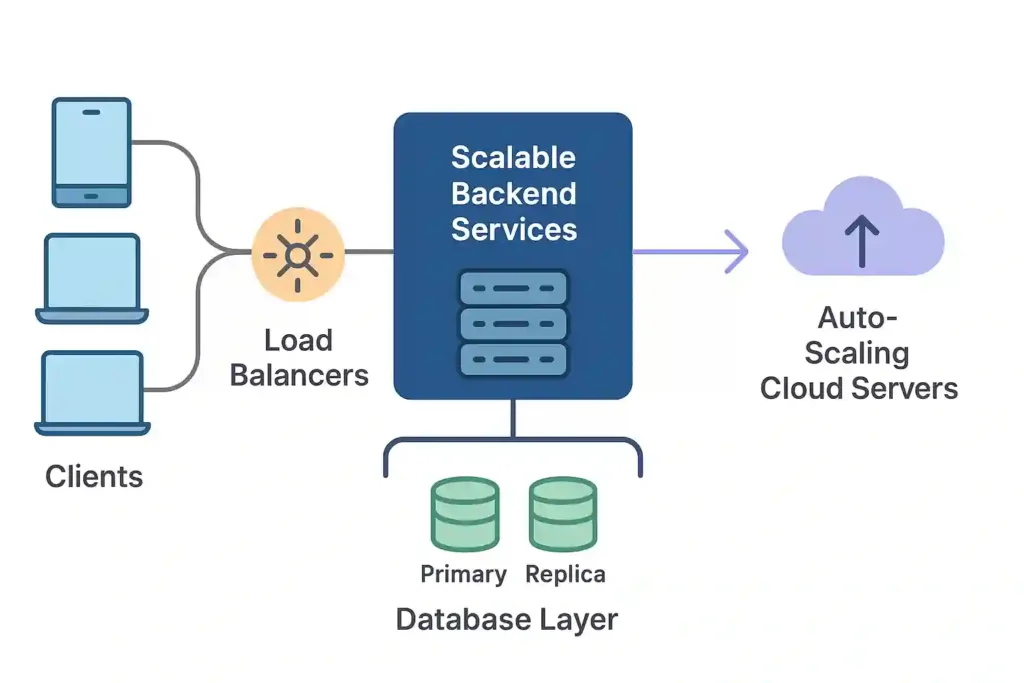
Many founders design their app to handle their first 1,000 users — but growth happens fast, and scaling becomes a problem when you’re not prepared. Imagine your marketing goes viral, and overnight you have 50,000 active users. Without scalable architecture, your app could slow down, crash, or lose data. Here’s how to plan for 100k+ users from day one:
1. Choose a Scalable Technology Stack
A scalable stack means you can grow your user base without rebuilding your app from scratch. For example:
- Frontend: React Native or Flutter (cross-platform) for flexibility and faster updates.
- Backend: Node.js, Django, or Laravel for handling high traffic loads.
- Database: PostgreSQL or MongoDB for fast, reliable data storage.
- Hosting: AWS, Google Cloud, or Microsoft Azure for elastic scalability.
2. Use Cloud Infrastructure
Cloud hosting is a must for scaling. Services like AWS Auto Scaling or Google Cloud Run automatically increase or decrease resources based on demand, so you’re not paying for unused capacity but can still handle traffic spikes.
3. Optimise Your Database Early
- Use indexes to make database queries faster.
- Implement caching for frequently accessed data.
- Split your database into shards to distribute load.
4. Conduct Load Testing Before Launch
Simulate large user volumes with tools like Apache JMeter or LoadNinja. This helps you spot performance bottlenecks before real users experience them.
5. Modular App Architecture
Breaking your app into modules means you can scale features independently. For example, if your chat feature needs more resources, you can scale it without affecting the rest of the app.
6. Predictive Scaling with AI
AI models can forecast peak traffic periods based on historical data and user behavior, automatically adjusting server capacity and database resources to avoid slowdowns or crashes.
Ongoing Maintenance — The Lifeline of Long-Term App Success
Many business owners think the work is over once the app is live. In reality, that’s when the maintenance phase begins. Neglecting maintenance leads to outdated features, security risks, and declining user engagement. Here’s what proper app maintenance includes:
1. Bug Fixing
Even with rigorous testing, real users will encounter bugs. Fixing them quickly keeps your ratings high in the app stores.
2. OS Compatibility Updates
Both Android and iOS release major updates every year. If you don’t update your app accordingly, users may face crashes or missing features.
3. Feature Enhancements
Adding new, relevant features keeps your app competitive and encourages users to keep coming back.
4. Performance Optimisation
Users expect apps to load in under 3 seconds. Regular audits can identify slow processes and optimise them.
5. Security Audits
Regular checks ensure your app stays protected against new threats.
6. Automated Performance Optimization
AI tools can continuously analyze load times, crash reports, and usage patterns, then automatically optimize code, image sizes, or caching strategies — without waiting for manual reviews. Sunrise Technologies offers 8 weeks of free post-launch maintenance to stabilise apps and ensure smooth operations before transitioning to long-term support plans.
Get 100% ownership of your app’s source code and intellectual property with Sunrise Technologies — built securely and transparently for you.
Additional Strategies for Securing, Scaling, and Maintaining Your App
Beyond the basics, here are extra measures that successful app creators and app building companies use:
1. Real-Time Monitoring
Tools like New Relic and Datadog alert you instantly if there’s a performance issue or outage.
2. Automated Backups
Daily backups stored in multiple locations protect your data from loss.
3. Comprehensive Documentation
Documenting your code and processes makes it easy for new developers to step in without delays.
4. Continuous User Feedback
Incorporate analytics and surveys to guide updates based on real user needs.
Why Partner With a Professional Mobile App Development Company in Australia?
When you’re building an app that needs to be secure, scalable, and future-proof, cutting corners with freelancers or cookie-cutter templates can cost you far more in the long run. At Sunrise Technologies, we don’t just “build apps” — we craft high-performance digital products that are ready to win in the Australian market from day one.
Here’s Why Businesses Choose Us:
- Local Market Expertise – We understand Australian user behavior, compliance requirements, and competitive landscapes — giving your app a home-field advantage.
- End-to-End Service – From Android app development to iOS app development and custom enterprise solutions, we handle every stage — strategy, design, development, security, and ongoing maintenance.
- Security-First Development – Your app is built with enterprise-grade encryption, secure API architecture, and compliance with the Australian Privacy Principles.
- Scalability Built-In – Whether you start with 500 users or aim for 500,000+, we architect your app to handle growth without performance dips.
- Dedicated Local Support – No late-night overseas calls. You get a local Australian support team who knows your app inside out.
Why AI is the Future of App Maintenance & Growth?
Whether it’s detecting vulnerabilities faster, predicting user demand, or automating repetitive maintenance tasks, AI brings a proactive layer to app management that reactive updates can’t match. By integrating AI into your app’s lifecycle from day one, you not only save costs but also gain a competitive edge.
Final Takeaways
Your app’s success isn’t determined at launch — it’s built day by day through security, scalability, and maintenance. If you want your app to:
- Stay safe from cyber threats
- Handle 100k+ users without crashing
- Keep growing year after year
…then you need a partner who understands Australian app development inside and out. Contact Sunrise Technologies today to start building an app that’s secure, scalable, and ready for the long haul.
For optimal performance, security, and user engagement, aim for minor updates every month to fix bugs, improve UI/UX, and add small features. Plan major updates every 3–4 months to introduce new functionalities, enhance performance, and keep pace with market trends and user expectations.
Yes. Offline functionality is crucial, especially in rural and remote Australian regions where internet coverage can be patchy. By allowing users to access core features offline, you not only improve usability but also expand your reach to a broader audience, enhancing reliability and customer satisfaction.
Select a hosting provider with servers located in Australia to ensure low latency, faster load times, and compliance with local data privacy laws like the Australian Privacy Principles (APPs). This improves performance and builds trust among users concerned about data security and sovereignty.
Implement cloud auto-scaling so your app uses more resources only when demand spikes, and scales down during low usage. This pay-as-you-go model helps you control costs without sacrificing performance. Also, monitor usage trends to optimize resource allocation over time.
Work with a mobile app development company experienced in Australian digital compliance. This ensures adherence to APPs, accessibility standards, and industry-specific requirements. Regular audits, privacy policy updates, and secure coding practices are essential to avoid penalties.
Start with a scalable architecture such as microservices or modular frameworks. Choose cloud hosting with flexible resource management and design your database to handle large volumes of concurrent users. Planning for scalability from day one prevents costly overhauls later.
Sam is a chartered professional engineer with over 15 years of extensive experience in the software technology space. Over the years, Sam has held the position of Chief Technology Consultant for tech companies both in Australia and abroad before establishing his own software consulting firm in Sydney, Australia. In his current role, he manages a large team of developers and engineers across Australia and internationally, dedicated to delivering the best in software technology.


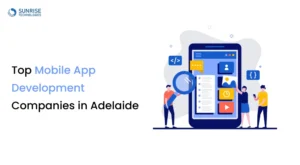
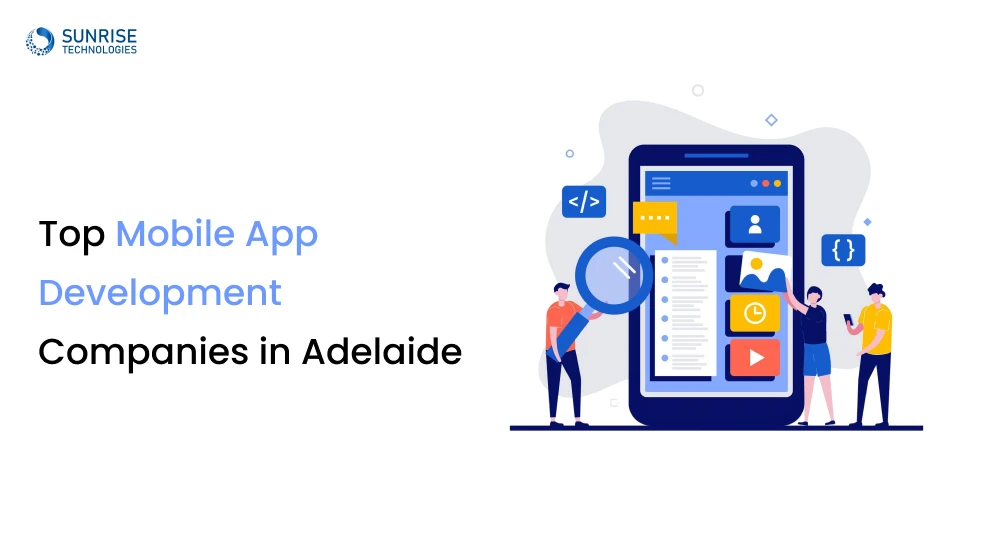
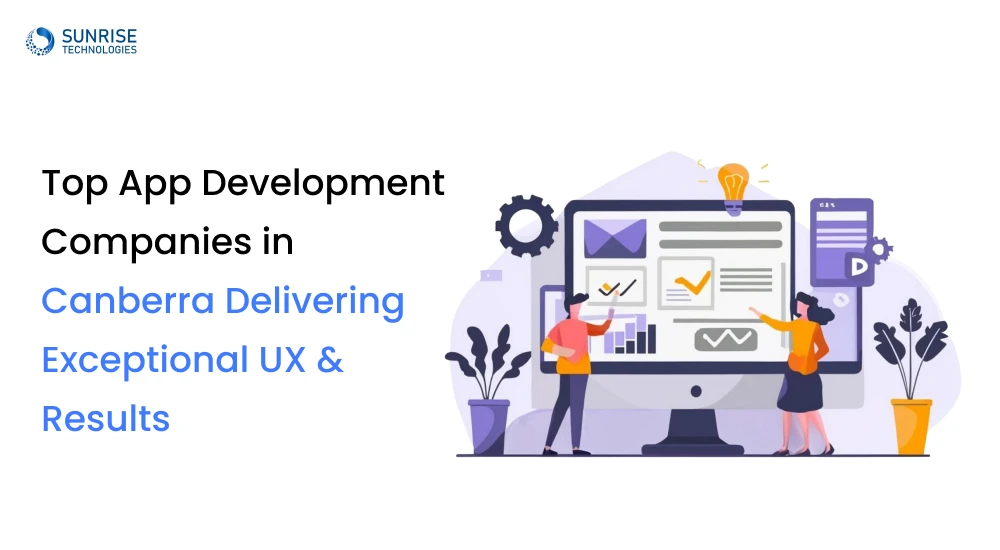
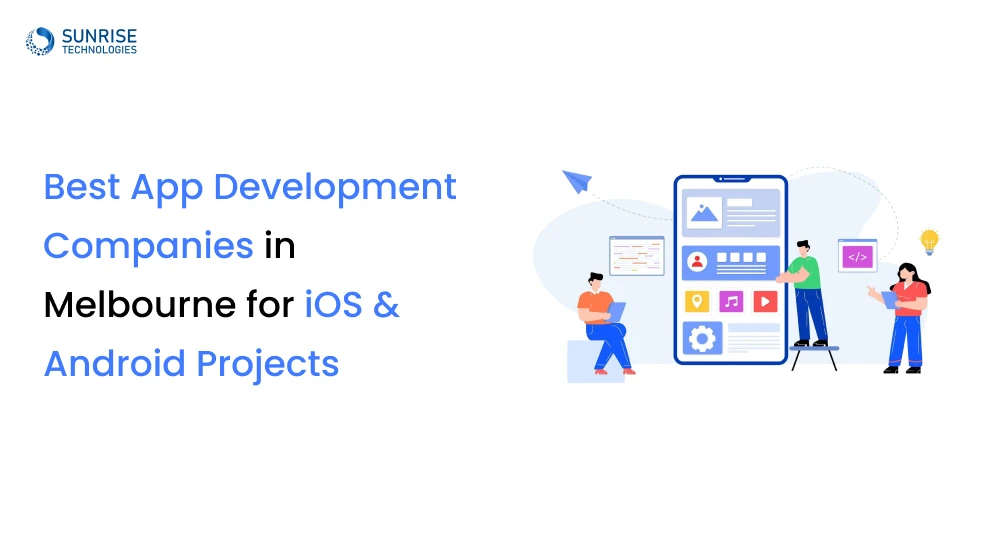
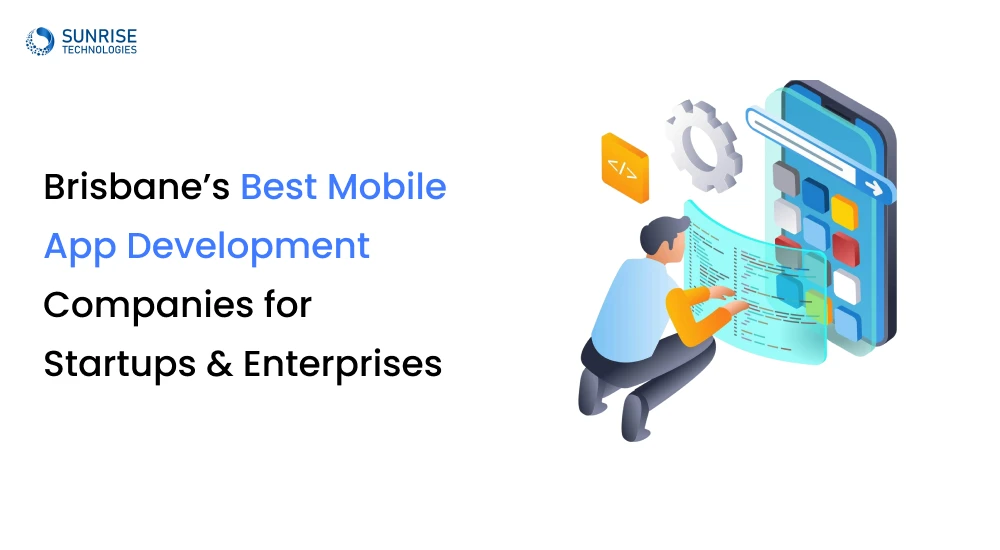
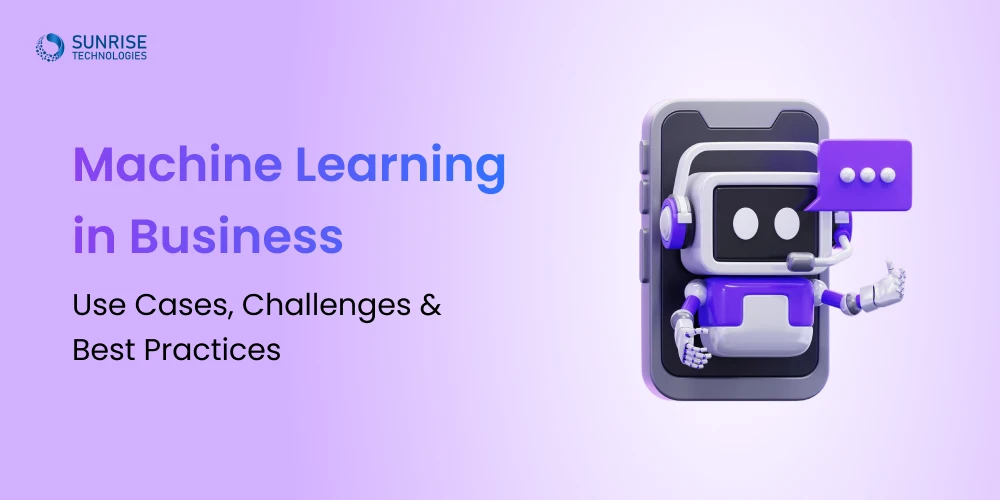
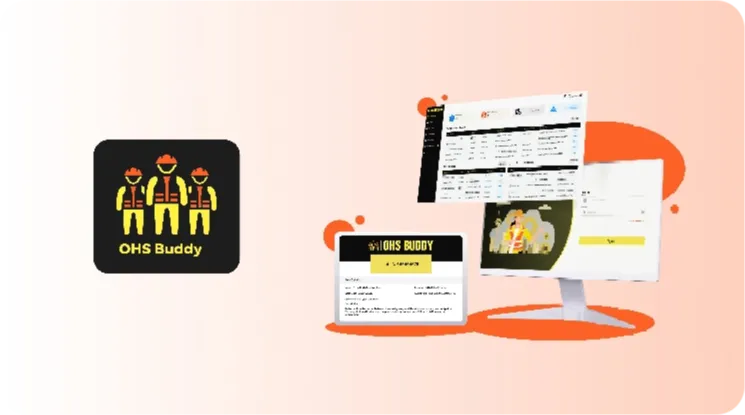
Cloud Based Project Management Platform
Read the challenges we faced and how we helped
View Case Study


